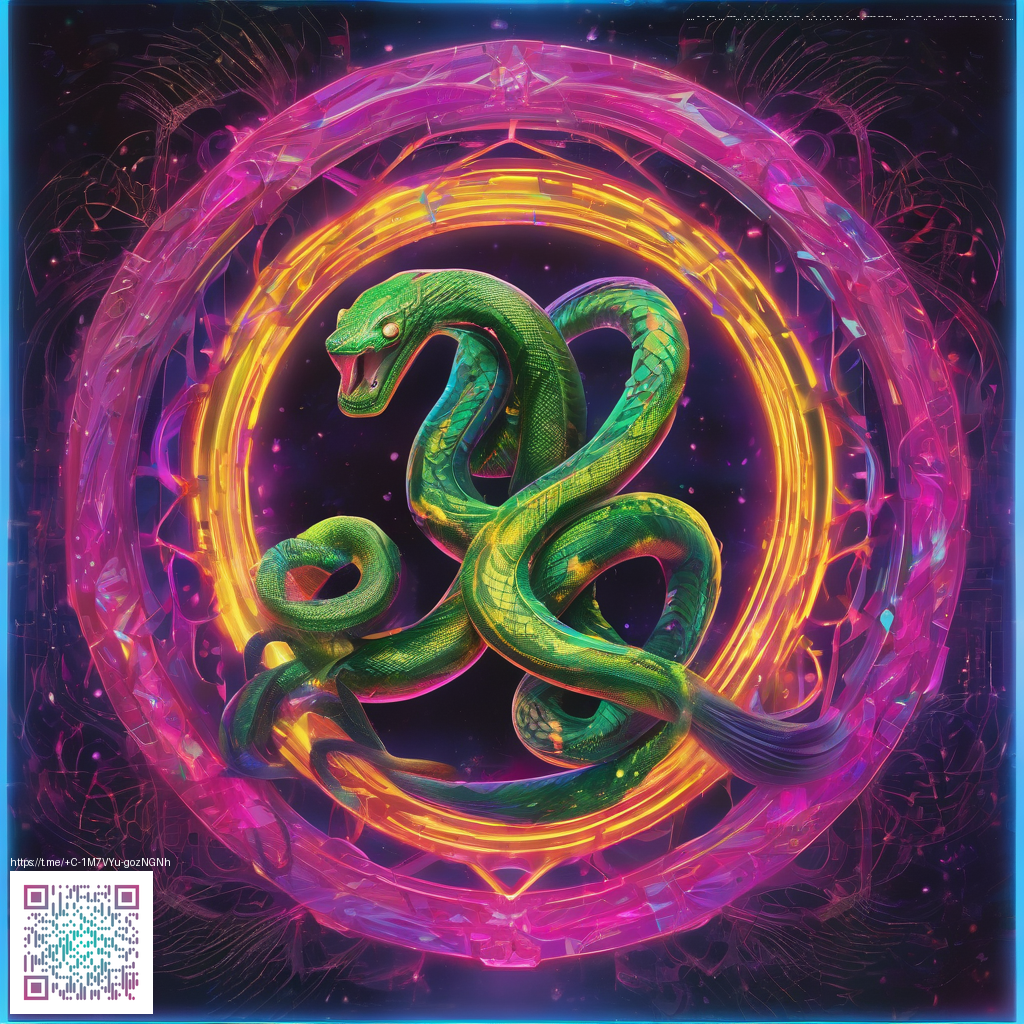
Kasiva Mutua Tells Her Story Through Drum Beats
When Kasiva Mutua lifts the drum, she does more than produce rhythm; she opens a doorway into memory, courage, and community. Her beats are not background music but a narrative engine, moving listeners through chapters of struggle, triumph, and hope. In a world where words can falter, she leans on percussion to translate complex lived experiences into something felt as much as heard. The drum becomes a diary, the kick of a bassline a heartbeat, and every tempo shift a turning point in a story that belongs to her and to everyone listening.
The Language of Rhythm
Drums have historically functioned as a universal language in many cultures, speaking before the lips can form a complete sentence. For Mutua, rhythm is a way to preserve lineage and articulate emotion that might otherwise stay tucked away. A rapid flurry of strokes can signal urgency or danger, while a slower, heavier groove can cradle resilience and tenderness. By choosing specific drum tones, textures, and dynamics, she creates sonic scenes—sunlit mornings in a crowded village square, a quiet moment of doubt, the igniting spark of collective resistance.
Crafting a Narrative with Beat
Storytelling through drumming is a choreography of timing. Mutua builds narrative arcs through deliberate pacing: an opening motif establishes a mood; a rising motif introduces tension; a climactic cadence signals resolve or revelation; a gentle decrescendo invites reflection. In live performance, this arc unfolds in real time, with listeners following the thread not through spoken words but through the physical language of the body—feet tapping, shoulders syncing, heads nodding in unison. The drum becomes a compass, guiding the audience through a map of personal and shared history.
Techniques that Move a Story
- Call and response: A duel between leader and ensemble creates dialogue, mirroring conversations that shape a life story.
- Polyrhythm and texture: Layered grooves mirror the complexity of memory, where multiple voices coexist and interact.
- Dynamics and space: Silence or near-silence can carry as much emotion as thunderous drums, letting a moment breathe before the next beat.
- Tempo shifts: Quick transitions convey surprise or upheaval, while gradual slows reflect contemplation and endurance.
- Physicality: Body percussion, hand hits, and footwork make the narrative tactile, inviting the audience to feel the story in their own bones.
Themes and Personal Voice
Mutua’s performances often traverse themes of identity, empowerment, and community resilience. The drum acts as a conduit for voices that history might have silenced—women, elders, and everyday storytellers who carry wisdom in their bones. Her beats acknowledge lineage while speaking to the present, transforming personal memory into a shared cultural experience. In this way, the story becomes less about a single person and more about a collective memory, with the audience invited to add their own reflections to the rhythm.
“Rhythm is the language through which I tell my life,” Kasiva Mutua has said. “Every beat is a line, every measure a page, and together we write a story that travels beyond the stage.”
A Listener’s Guide: How to Hear the Story
- Notice how a motif reappears, evolving each time it returns.
- Pay attention to the space between hits—what does the silence allow you to feel?
- Listen for the interactions between layers of percussion; they mirror the conversations that shape a person’s journey.
- Choose a moment where the tempo shifts and ask yourself what memory or emotion it might be signaling.
- Allow your body to follow the rhythm. Let your feet, hips, or shoulders participate in the storytelling.
In telling her story through drum beats, Kasiva Mutua demonstrates art as a living, kinetic archive. Her performances invite us to listen not just with our ears but with our entire selves—to feel memory, witness resilience, and recognize the power of rhythm to carry meaning across time and culture. The drum, in her hands, is more than a musical instrument; it is a bridge linking past and present, individual voice and collective heartbeat, memory and movement.